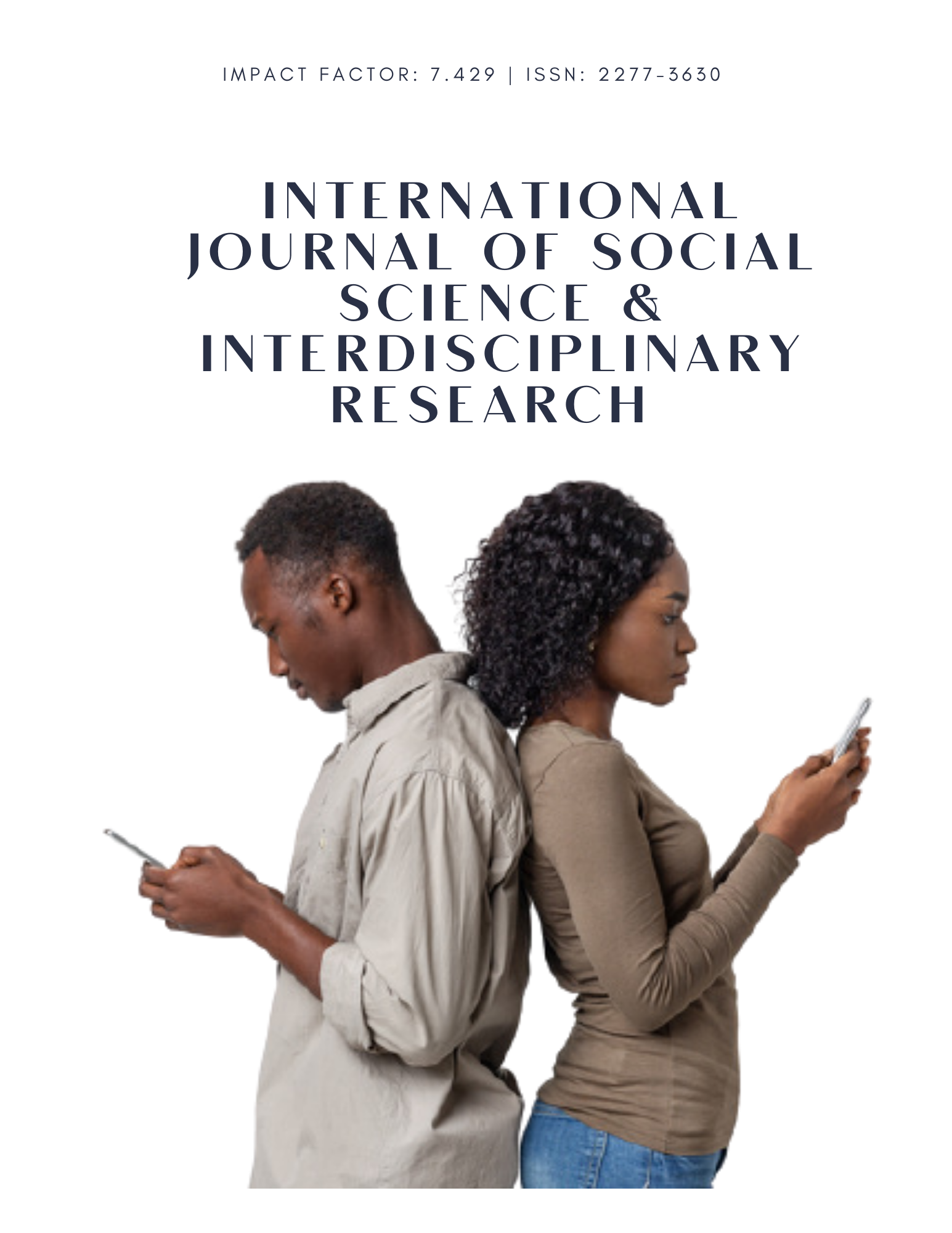INSTITUTIONAL AUTHORSHIP FREQUENCY IN MISQ: IMPLICATIONS FOR INCOMING GRADUATE STUDENTS
Keywords:
Authorship, frequency, graduate school, institutional affiliation, teaching position.Abstract
Individuals considering entering a doctoral program and pursuing a career in academics know that one of the requirements for a successful career will be a sustained stream of published research. Depending on their desired institutional affiliation, the publication outlets for their research must meet certain criteria, often a bit unique to the chosen institution. Likewise, new doctoral graduates know that publishing from their dissertation and a continuing stream of published scholarly artifacts is critical to a successful career. This study examines the university affiliation of authors published in Management Information Systems Quarterly (MISQ) over a fifteen year period from 1991 to 2005. We examine the institutional affiliation of the authors and evaluate institutional affiliation concentration of published research. We conclude that authorship affiliation may be a relevant factor to the decision of where to attend graduate school or pursue that first post-graduate teaching position.
References
Association of Information Systems, MIS Journal Rankings, viewed on March 2, 2012 http://ais.affiniscape.com/displaycommon.cfm?an=1&subarticlenbr=432
Grover, V., (2001), “10 mistakes doctoral students make in managing their program,” Decision Line, pp. 11-13.
Harper, F. D. (2006), “Writing research reports and scholarly manuscripts for journal publication: Pitfalls and promises,” The Journal of Negro Education, 5(3), pp. 322-340.
Katerattanakul, P., Han, B., & Hong, S. (2003), “Objective quality ranking of computing journals.” Communications of the ACM, pp. 111-114.
Knight, L.V., & Steinback, T.A. (2008), “Selecting an appropriate publication outlet: A comprehensive model of journal selection criteria for researchers in a broad range of academic disciplines,” International Journal of Doctoral Studies, 3, pp. 61-79.
Lowry, P.B., Romans, D., & Curtis, A. (2004), “Global journal prestige and supporting disciplines: A scientometric study of information systems journals,” Journal of the Association for Information Systems, 5(2), pp. 29-77.
Mylonopoulos, N., & Theoharakis, V. (2001), “On site: Global perceptions of IS journals,” Communications of the ACM, 44(9), pp. 29-33.
Peffers, K. & Ya, T. (2003), “Identifying and evaluating the universe of outlets for information systems research: Ranking the journals,” Journal of Information Technology Theory and Application, 5(1), pp. 63-84.
Rainer, R. K. & Miller, M., (2005), “Examining differences across journal rankings,” Communications of the ACM, pp. 91-94.
van Teijlingen, E., & Hundley, X. (2002), “Getting your paper to the right journal,” Journal of Advanced Nursing, 37(6), pp. 506-511.
Downloads
Published
How to Cite
Issue
Section
License
Copyright (c) 2022 GEJournals

This work is licensed under a Creative Commons Attribution-NonCommercial-NoDerivatives 4.0 International License.





